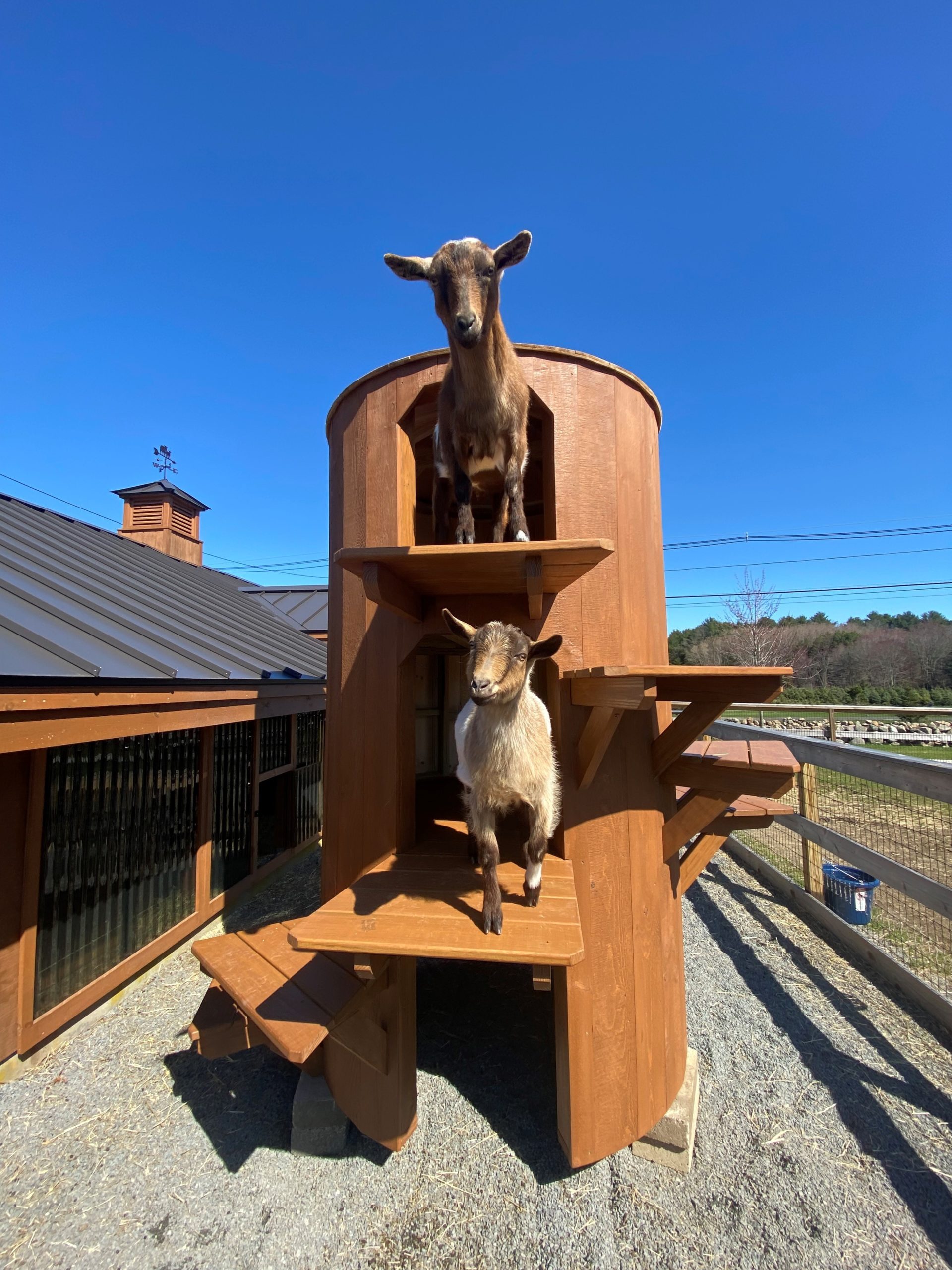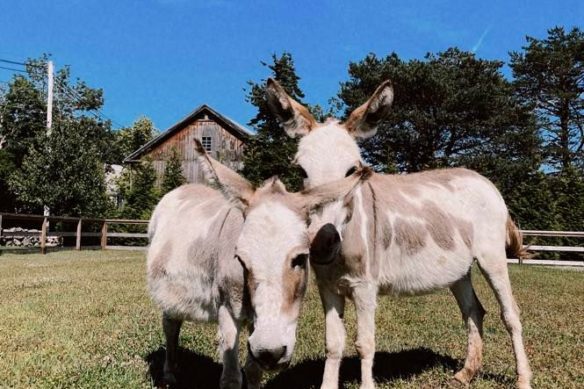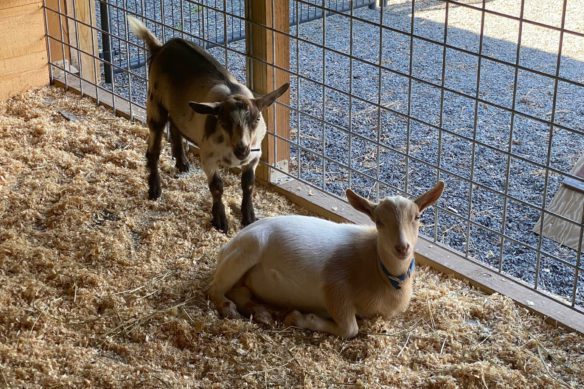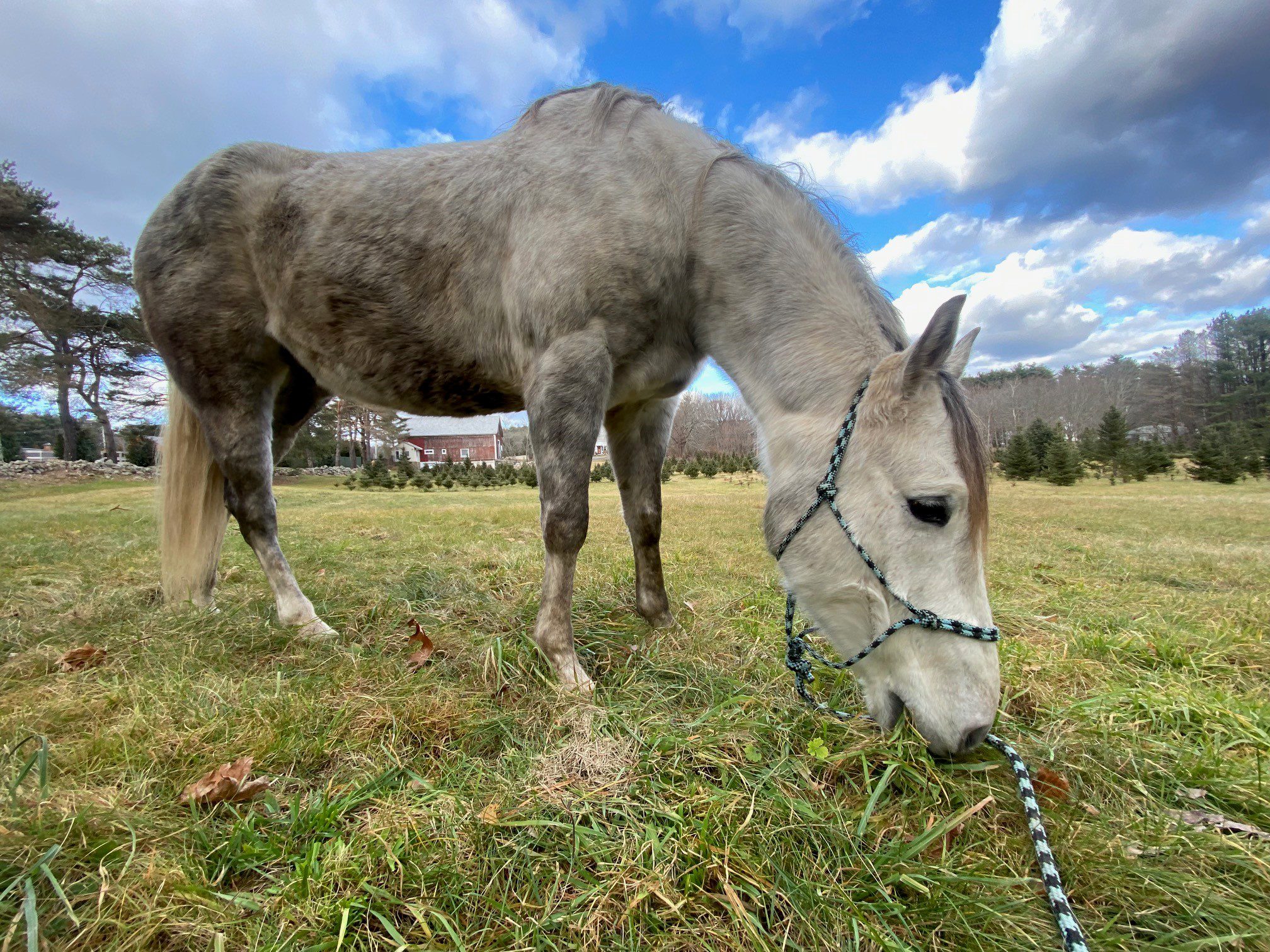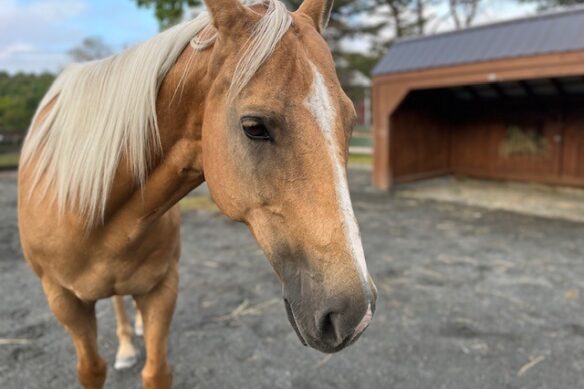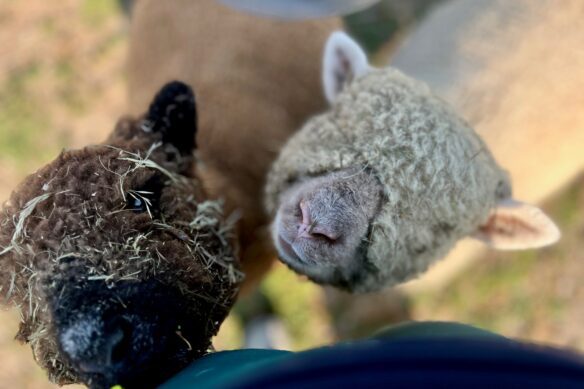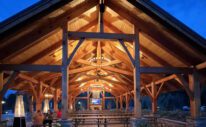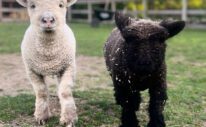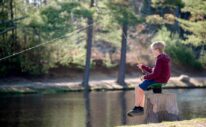Meet Our Animals
- SMILE! You are on camera.
- DO NOT TOUCH THE ANIMALS
- DO NOT FEED THE ANIMALS
- Authorized personnel only inside barn and fenced area
- Do not climb or sit on fence
- Do not throw anything at the animals or inside the fenced areas
- Pets must stay 10 feet away from fence
- No smoking within 10 feet of barn and fence
- Do not taunt or yell at animals
- Be respectful, violators will be composted.
What’s the scoop on the poop? Good question! All of our manure gets composted and recycled into our landscaping.
Fun Facts
Horses (Equus caballus)
- As a prey animal, horses need to have sensitive hearing to survive. Humans have only three muscles to control their ears, whereas horses have 10! This allows horses to rotate their ears nearly 180 degrees and move them independently of one another. Being able to rotate their ears lets horses hear sounds all around them without having to turn their head.
- Did you know that horses with pink skin can get a sunburn?
- Did you know that horses have a range of vision of about 350° with blind spots directly in front and in the rear.
- Horses are not color blind, they have two-color, or dichromatic vision.
- Female horses are pregnant for approximately 11 months.
- All existing horse breeds fit into five categories: hot-blooded, warm-blooded, cold-blooded/draft, pony, and miniature.
- Horses are obligate nasal breathers, which means they can only breathe through their nose.
- Did you know that horses are considered second in rank when it comes to memory in animals after elephants?
- Horses have a system of tendons and ligaments that allows the horse to lock their legs in position so they can relax without falling over. It is a myth that horses never lay down-they do spend a short amount of time each day laying down for deeper sleep. On average, horses sleep two and a half hours per day.
Mini Donkeys (Equus asinus)
- The miniature donkey is not a bred-down version of a larger donkey. Their small size is natural. Miniature donkeys are not more than 36 inches tall, measured from the highest point of the withers to the ground.
- Miniatures weigh 200 to 450 pounds.
- Donkeys have extremely acute hearing. Their ears can move independently of each others, which can be helpful for pinpointing specific sounds. Those long ears also help cool them off.
- Donkeys have a unique vocalization, which is formally called the bray. Every donkey has their own unique signature sound.
- Males are called jacks, and a female is a jenny.
Nigerian Dwarf Goats (Capra hircus)
- Goats are browsers, eating tips of woody shrubs and trees. They often improve a pasture by removing blackberry, weedy undergrowth and ivy (even poison ivy and poison oak) that other livestock won’t eat.
- The Nigerian dwarf is a miniature goat from West Africa. It has been domesticated as a dairy goat and can be found throughout the world. Goats are herbivores.
- They are gregarious, friendly and hardy and can thrive in almost any climate. Their gentle, calm and playful nature makes them good companion pets for children, disabled and elderly people.
- A doe can produce up to two quarts per day of milk that is higher in butterfat (6 to 10 percent) and protein than milk from most dairy goat breeds.
- Average life span is 15 years.
Baby Doll Sheep
- Babydoll Sheep Come From England – Officially known as Babydoll Southdown sheep, members of this ancient breed are the diminutive version of the Southdown breed of sheep, which originated in the South “Downs” of Sussex County, England. There, they were known for their hardiness, fine fleece, and their tender meat. The breed made its way to the United States around 1803, according to the Olde English Babydoll Southdown Sheep Registry.
- Babydoll Sheep Are Either White or Black – Babydoll sheep are most often white or off-white, with their muzzle and legs ranging from very light tan to brown to cinnamon to gray. Babydoll sheep also can be black, which is a recessive gene. Black sheep always have black legs and muzzles. As they are out in the sun a lot, the wool on black sheep lightens and can look reddish-brown. As they age, their coats can turn a kind of grayish-brown and they can get gray hairs on their muzzle.
- Their Fleece Is Like Cashmere – Babydoll fleece, which must be sheared each spring, is springy and soft. At about 2 to 3 inches long, it is relatively short. In textile terms, it runs in the 19 to 22-micron range, which means it’s very similar to cashmere and can be worn next to the skin without being itchy and uncomfortable. It also blends well with other fibers. Many of the black babydoll sheep have coarser fleece than the white or off-white sheep. The lighter fleece typically can be more valuable because it can be dyed any color.
- Babydoll Sheep Are Small – Babydolls are only about 18 to 24 inches tall when they’re fully grown. They can weigh between 60 and 125 pounds. Because of their small size, they’re easy to handle and popular as pets for children and for 4-H projects. Babydoll sheep can be easily contained with small, low fences. They won’t try to jump them or barrel through them. The larger danger isn’t that these lovely creatures will escape; it’s that predators can get to them. That’s why it’s important to bring them into a barn or corral them into a predator-proof area at night.
- Both babydoll ewes and rams are naturally polled, meaning they’re born without horns. These lovers-not-fighters are non-aggressive by nature so they get along well with other docile breeds of livestock. They can have a calm, soothing effect on other animals, according to the Olde English Babydoll Southdown Sheep Registry.
- Babydolls don’t need much acreage. They are known as “easy keepers” because of their small size and efficient metabolism. They just need some good grass for grazing and sometimes like a little grain. You need a shelter where they can cool off in the summer and get out of the rain.
- Babydoll sheep are popular as “organic weeders.” They are often used in vineyards as well as orchards because they don’t hurt the tree trunks or shrubs and they fertilize the soil while they graze. In vineyards and orchards, they’re usually too short to reach the grapes or fruit on the tree, so they keep their eating to unwanted weeds and overgrowth.
- Babydoll ewes are good mothers, according to breeders, and often have twins and occasionally even triplets. They thrive on companionship and like to stay together and don’t typically wander off and get lost.









